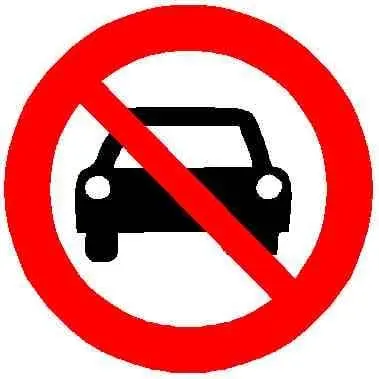For those unfamiliar with Georgism and LVT (land value tax):
Georgism, also called in modern times Geoism,[2][3] and known historically as the single tax movement, is an economic ideology holding that, although people should own the value they produce themselves, the economic rent derived from land—including from all natural resources, the commons, and urban locations—should belong equally to all members of society.[4][5][6] Developed from the writings of American economist and social reformer Henry George, the Georgist paradigm seeks solutions to social and ecological problems, based on principles of land rights and public finance which attempt to integrate economic efficiency with social justice.[7][8]
Georgism is concerned with the distribution of economic rent caused by land ownership, natural monopolies, pollution rights, and control of the commons, including title of ownership for natural resources and other contrived privileges (e.g., intellectual property). Any natural resource which is inherently limited in supply can generate economic rent, but the classical and most significant example of land monopoly involves the extraction of common ground rent from valuable urban locations. Georgists argue that taxing economic rent is efficient, fair, and equitable. The main Georgist policy recommendation is a tax assessed on land value, arguing that revenues from a land value tax (LVT) can be used to reduce or eliminate existing taxes (such as on income, trade, or purchases) that are unfair and inefficient. Some Georgists also advocate for the return of surplus public revenue to the people by means of a basic income or citizen’s dividend.
And although LVT is the most central proposed policy of Georgism, Georgists also advocate for carbon taxes (and other taxes on negative externalities), severance taxes on finite natural resources like oil or minerals, intellectual property (IP) reform, and eliminating barriers to entry. (It should be noted that Georgists want to replace bad/inefficient taxes like sales, income, and property taxes with LVT, externality (aka Pigouvian), and severance taxes.)
As for why LVT? In short, it’s just a really good tax. Progressive, widely regarded by economists as “the perfect tax”, incentivizes efficient use of land, discourages speculation and rent-seeking, economically efficient, and hard to evade. Plus, critically regarding landlords, land value taxes can’t be passed on to tenants, both in economic theory and in observed practice.
In fact, it’s so well-regarded a tax that it’s been referred to as the “perfect tax”, and is supported by economists of all ideological stripes, from free-market libertarians like Milton Friedman — who famously described it as the “least bad tax” — to social democrats and Keynesians like Joseph Stiglitz. It’s simply a really good policy that I don’t think is talked about nearly enough.
Even a quite milquetoast land value tax, such as in the Australian Capital Territory, has been shown to reduce speculation and improve affordability:
It reveals that much of the anticipated future tax obligations appear to have been already capitalised into lower land prices. Additionally, the tax transition may have also deterred speculative buyers from the housing market, adding even further to the recent pattern of low and stable property prices in the Territory. Because of the price effect of the land tax, a typical new home buyer in the Territory will save between $1,000 and $2,200 per year on mortgage repayments.
More resources:


This is how I wanna reclaim that land:
Either that or a buttload of housing
Meadows, parks, housing, literally anything besides an asphalt desert
Imagine a grocery store surrounded by a garden full of fresh fruits and vegetables instead of pavement
Sure, modulo you don’t want those meadows where parking lots are now.
A stadium surrounded by meadows is a terrible idea. You want a stadium surrounded by apartments, a subway stop, restaurants, shopping, etc. You want people to reasonably get to the stadium on foot or on bike, using the subway to commute from other parts of the city.
Then, sure, have some prairies around your city as a park with all the space saved by replacing car-centric suburban and exurban sprawl with streetcar suburbs and walkable mixed use urbanism. Or surround it with forest, u-pick apple orchards, or whatever.